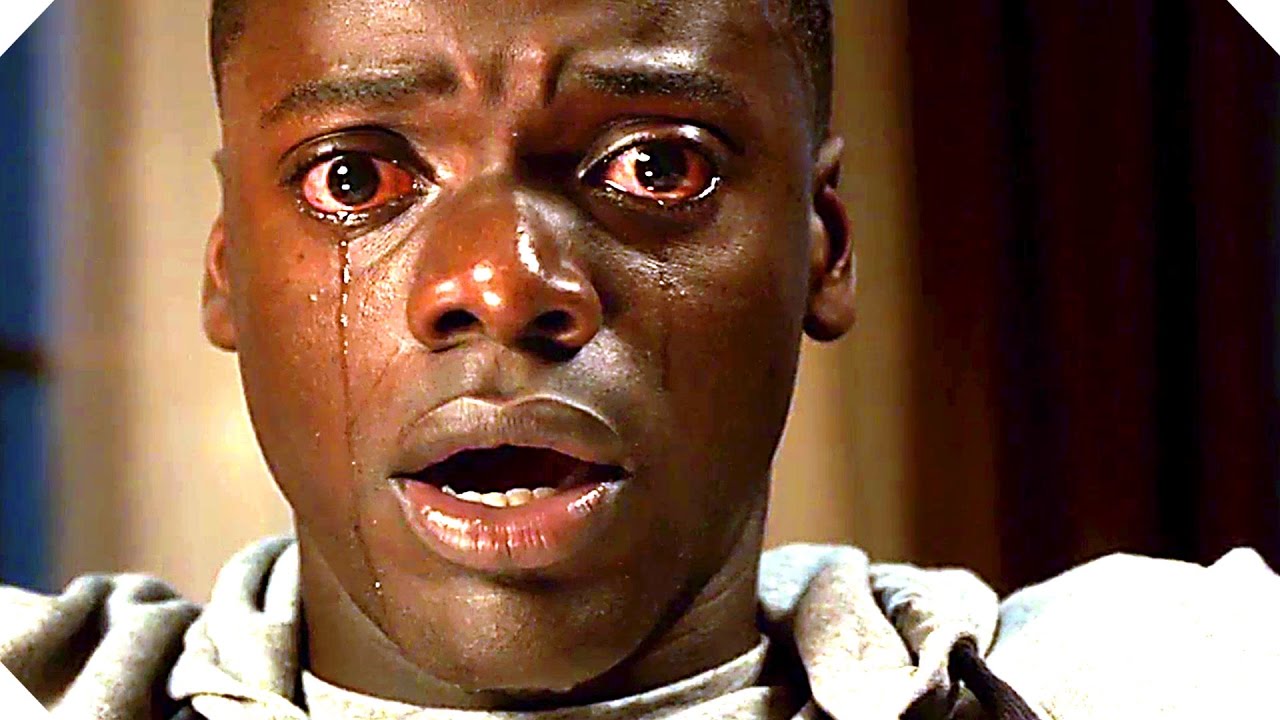On Jordan Peele’s Get Out and Victor Hugo Halperin’s White Zombie
Daniel Kaluuya as Chris Washington
Jordan Peele’s 2016 film Get Out isn’t at all what you’d expect in terms of mainstream “horror”: it’s not all gratuitous blood splatter with a half-baked plot. It is, however, gory in a way that’s validated by the horrifying and cleverly layered plot: violence begets violence. Most have seen this film by now: it’s a verified hit and has been in theaters for months. Although it’s no longer brand spanking new to most moviegoers, a lot of film theory is; I was reminded of classic monster movies while watching Get Out, such as Frankenstein with Boris Karloff as the monster and White Zombie starring Bela Lugosi.
I’m incredibly interested in the horror aspect of Victor Hugo Halperin’s film White Zombie and how it’s actually a commentary on racial stereotypes. It probably wasn’t viewed as a progressive look into race identity when it was released in pre-code Hollywood in 1932 (quite the contrary) but when viewed today, the whole notion of voodoo and black witch doctors seems almost antiquated, especially since it’s thought of (in this particular film) as a horrific practice that’s used to destroy white female innocence and free will. This closely relates to the idea of getting into someone’s head (figuratively and literally) as in Get Out.
It’s very telling from the theatrical trailer when the protagonist, Chris (played by Daniel Kaluuya) says “If I'm around too many white people, I get nervous.” Get Out is a film that is filled with plenty of material that’ll leave you pondering certain details long after you’ve left the theater. These layers of story will begin to grow even creepier after the viewer has had time to think about them. Hopefully, social and historical connections will be made and the film will begin to reflect racial struggles that still exist in daily American life. Certain stereotypes are touched upon, such as black men being better physical specimens in sport and sex. Someone goes as far to say that Chris could be a “beast” if he wanted to (if he worked on his physical strength, etc.). This remark harkens back to the idea of the “black man” being a physical as well as sexual threat to white women (think as far back in cinema as D.W. Griffith’s 1915 The Birth of a Nation).
Get Out begins with the young couple, Chris and Rose (played by Allison Williams, popular for Girls fame) visiting Rose’s affluent family in upstate New York. It is noted at the beginning of the film that, despite heavily liberal leanings, the family doesn’t know their daughter is dating a black man. The father—played by Bradley Whitford— would have voted for Obama a third time if given the opportunity. Everything in their world is extremely white (both heads of house are doctors: the father a neurosurgeon and the mother—played by Catherine Keener—a psychiatrist). Almost as soon as the couple embarks on their visit, strange things start to happen. Even stranger things start to unravel when they make it to Rose’s family home where the only black people (other than Chris, the boyfriend) are hired help that the family just couldn’t “let go.”
Even from the movie trailer, we know that Chris is somehow put into a trance of some sort (complete with entranced, vacuous stares and mournful expressions). Early on in the film, we know that the psychiatrist mother specializes in hypnosis (a sort of valid medical voodoo) and wants to help cure Chris of his nasty smoking habit. Without giving too much away, it can be said that there are many visually startling images in this film and they’re fascinating even without a context: for example, the man and woman who work for Rose’s family exhibit increasingly odd behavior. They sound scripted and robotic (not quite like zombies, but one could make that connection).
At the very beginning of the film, a young black man can be seen walking down a suburban street in a wealthy neighborhood (the same neighborhood the couple will soon visit) but something odd happens when he’s followed by an unidentified car. We later see this man, somehow changed, at a party hosted by Rose’s family where he seems like the perfect date for a much older white woman. This leads to the question (that will be answered later): Is he behaving the way a typical young African American male should based on what society has led us to believe or is he some sort of “zombie”?
The film’s director, Jordan Peele, is mostly known for his work with the sketch comedy duo, Key and Peele but, based on the enormous success of Get Out, he is now known for his screenwriting ingenuity and biting satire. He is also now known as someone who has done his research and clearly loves films (just look at all the allusions). All these things shine a light on social mores, especially racial problems, and they do so in a way that’s attainable and fascinating to watch. What’s most entertaining, though, is the profound horror of the film and how it relates to things that actually happen all too often. The question that the film asks isn’t “how” (as in most horror) but “why.”
Get Out was released on DVD on May 23, 2017


